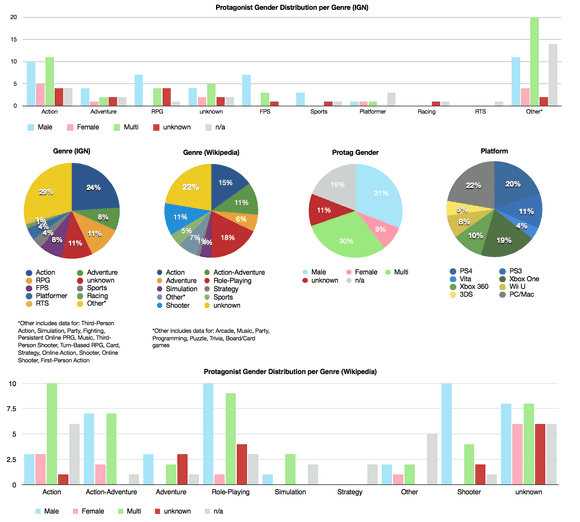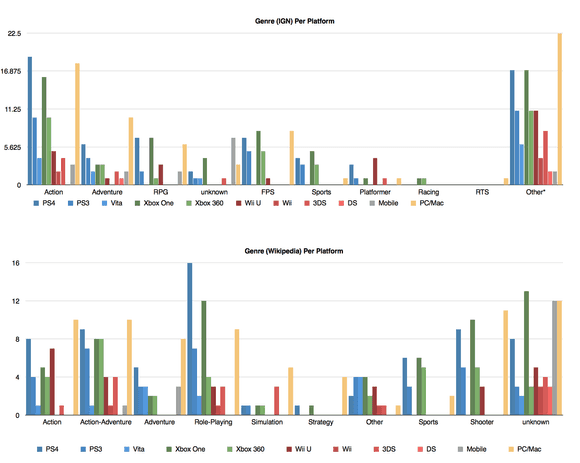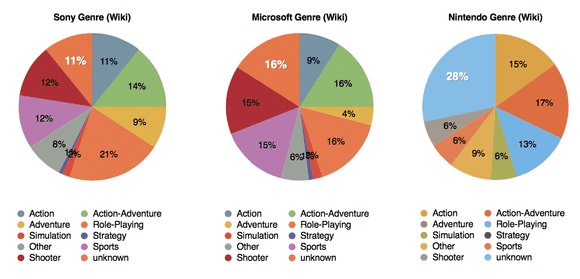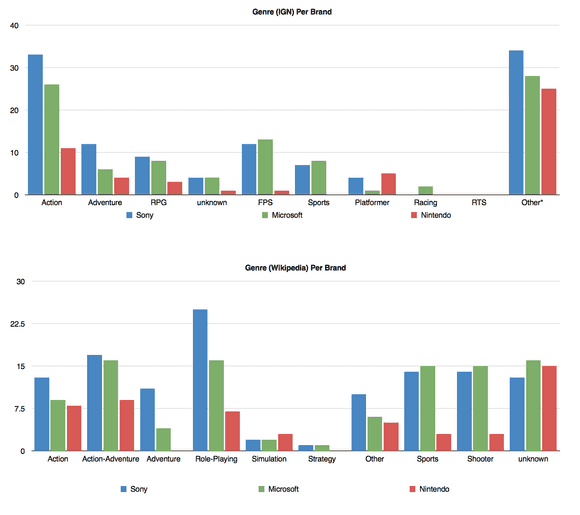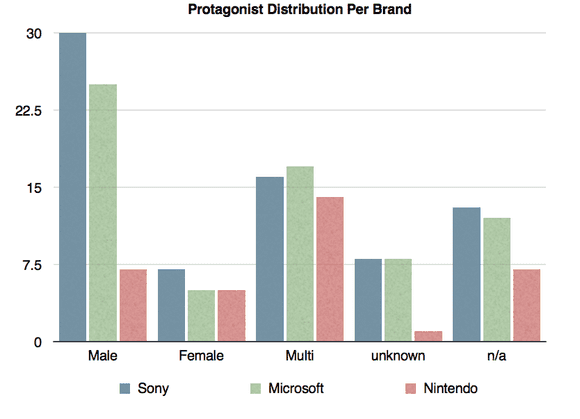21 Percent Delta
Polygon’s Charlie Hall reporting from GDC 2015:
Rosalind Wiseman and Ashly Burch collaborated to create their survey in the spring of 2014. Wiseman, herself a teacher, educator and author, was able to deliver the survey to 1,583 students aged 11 to 18 over the course of the year. The results, the authors say, are enough to turn the games industry’s understanding of gender issues on its head.
The most compelling data point for game developers is the fact that girls in high school are far more likely to prefer to play female characters than boys of the same age are likely to prefer to play male characters.
Only 39 percent of high-school aged boys surveyed preferred to play as male characters, while 60 percent of high-school aged girls preferred to play as female characters.
That 21 percent delta, the authors say, is more than enough reason for game developers to rethink who their main characters should be going forward.
“We as developers,” Burch said, “understandably … are afraid of our games not selling.
“It’s terrifying to imagine that your game’s not going to sell. But it could be that we are falsely attributing the success of past games to things that don’t actually matter to the kids that are playing them.”
Since hearing Rosalind Wiseman on The One You Feed podcast, I’ve been an avid fan of her and Ashly Burch’s work. In case you missed it, their GDC 2014 talk on The Connection Between Boys’ Social Status, Gaming and Conflict is worth the watch.

